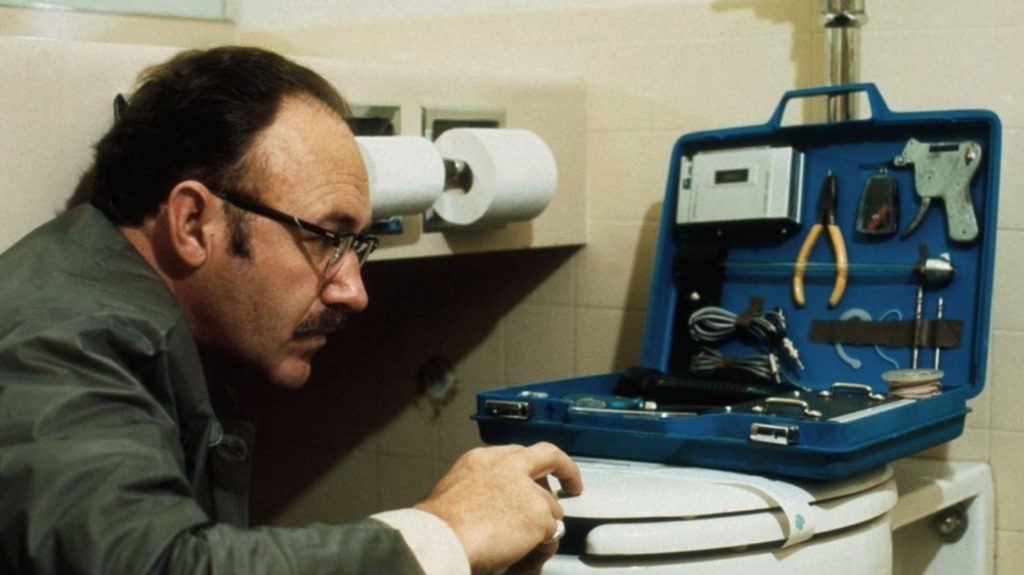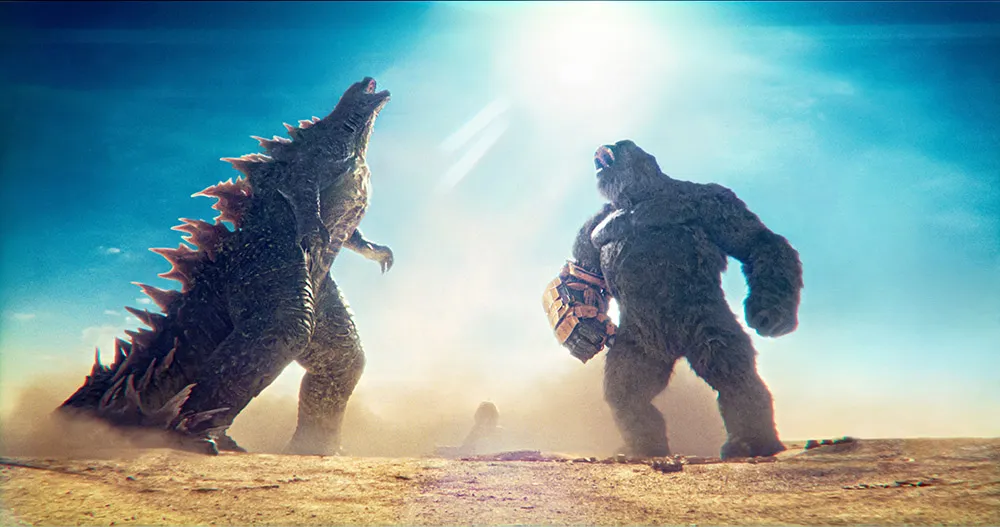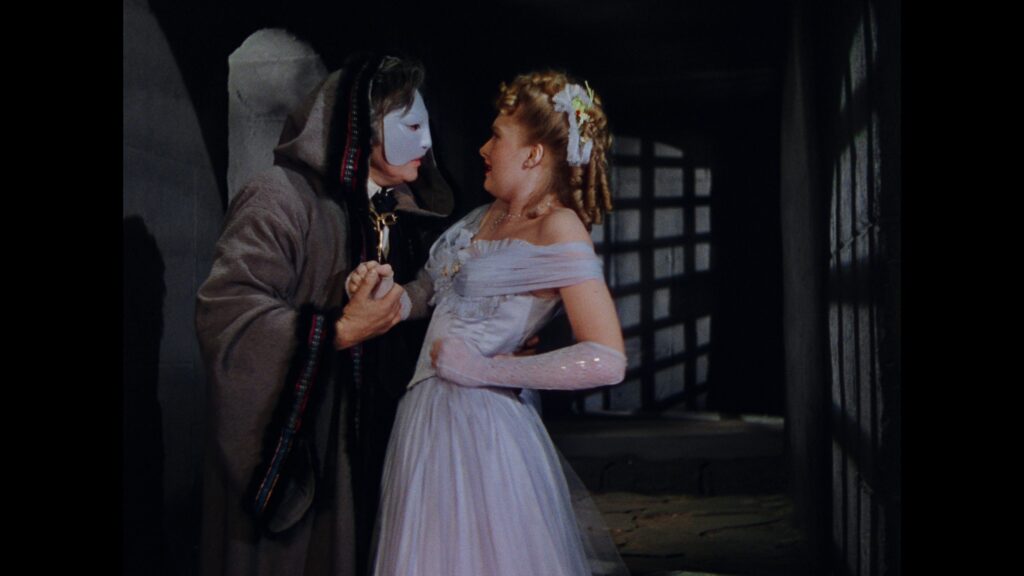“Frankenstein Meets the Wolf Man” (1943): A Collision of Monster Legends – Film Review

The 1943 cinematic spectacle “Frankenstein Meets the Wolf Man,” directed by Roy William Neill, stands as a pioneering crossover in the horror genre, bringing together two of Universal’s iconic monsters in a single narrative. This film not only expanded the possibilities of character and plot development within the monster movie genre but also set a precedent for future cinematic crossovers.
Unearthing the Past: Resurrecting Legends
“Frankenstein Meets the Wolf Man” begins with the resurrection of the Wolf Man, Lawrence Talbot (Lon Chaney Jr.), who seeks a cure for his lycanthropic curse, leading him to the frozen body of Frankenstein’s monster (Bela Lugosi). The film cleverly intertwines the fates of these tormented creatures, setting the stage for a clash of titanic proportions.
Behind the Screams: Production Intricacies
The making of “Frankenstein Meets the Wolf Man” was a feat of creative and logistical challenges. The decision to combine these two iconic characters required a narrative that respected their individual lore while creating a cohesive and engaging storyline. The script, penned by Curt Siodmak, achieved this balance, providing a seamless continuation of both characters’ arcs.
Production faced the daunting task of recreating the eerie settings and elaborate sets that were trademarks of Universal’s monster films. The set design for the film was elaborate, with detailed recreations of the European villages, the eerie Frankenstein castle, and the climactic dam sequence, showcasing the studio’s commitment to atmospheric storytelling.
Character Portrayals and Performances
Lon Chaney Jr.’s portrayal of the Wolf Man remains a highlight of the film, encapsulating the tragic and fearsome aspects of the character. Bela Lugosi, stepping into the role of Frankenstein’s monster, brought a different interpretation to the character, one that was met with mixed reviews. The behind-the-scenes decision to cast Lugosi, who was originally considered for the role in the 1931 “Frankenstein,” added a layer of intrigue to the film’s production history.
The Monster Duel: A Cinematic Feat
The climactic battle between the Wolf Man and Frankenstein’s monster is a spectacle of early special effects and stunt work. The fight scene, staged with practical effects, miniatures, and meticulous choreography, remains one of the film’s most memorable moments, demonstrating the technical ingenuity of Universal’s production team.
Legacy and Influence
“Frankenstein Meets the Wolf Man” is more than a horror film; it’s a cultural artifact that showcases the evolving landscape of early American cinema, particularly in the genre of horror and fantasy. The movie’s ability to merge different monster mythologies paved the way for future crossovers and shared universes in film, influencing generations of filmmakers and storytellers.
Analyzing the Monstrous Ensemble
While “Frankenstein Meets the Wolf Man” is celebrated for its ambitious crossover, it also serves as a poignant exploration of the monsters’ existential dilemmas. The film delves into themes of identity, curse, and the quest for peace, transcending its horror trappings to offer a meditation on the nature of monstrosity and humanity.
In “Frankenstein Meets the Wolf Man,” Universal Studios not only crafted a thrilling monster mash but also expanded the narrative possibilities of its horror universe. The film stands as a testament to the studio’s pioneering spirit, blending iconic characters, innovative production techniques, and a captivating storyline to deliver a cinematic experience that continues to thrill and fascinate audiences. Through its blend of horror, drama, and spectacle, “Frankenstein Meets the Wolf Man” remains a seminal work in the monster genre, a narrative and technical achievement that resonates in the annals of horror cinema.




